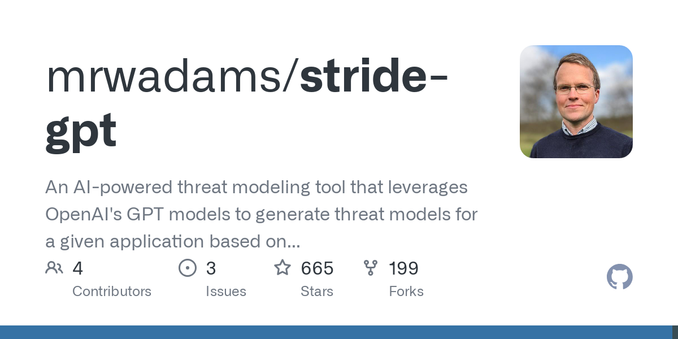https://tailscale.com/blog/how-nat-traversal-works
A delightful and thorough explanation of NAT traversal.
/ht @Cirio
https://tailscale.com/blog/how-nat-traversal-works
A delightful and thorough explanation of NAT traversal.
/ht @Cirio
“The entire enterprise private network is not considered an implicit trust zone.”
If your VPN rules include, “from trust to trust”, it’s not #ZeroTrust.
I had my first #freelance client call yesterday. A solid first performance… except for the part where I referred to the NIST Cybersecurity Framework as the NIST Cloud something something. Fortunately, the client wasn’t fussed about it. 😅

An AI-powered threat modeling tool that leverages OpenAI's GPT models to generate threat models for a given application based on the STRIDE methodology. - mrwadams/stride-gpt
Unfortunately my first reaction was, of course Microsoft is vulnerable to an ATO scheme… but in theory any provider that supports device code flow is vulnerable. It’s not an OAuth 2 problem, it’s a phishing problem.
This attack method emphasizes the importance of device verification and authorization. An untrusted device shouldn’t be permitted to participate in the device code flow.
#AWS: "whoAMI" attacks give attackers code execution on Amazon EC2 instances:
OAuth2 Proxy: the MVP of zero trust network access.
Cool example of using an LLM for threat modelling that I’m keen to try.
https://xvnpw.github.io/posts/scaling-threat-modeling-with-ai/
h/t @adamshostack